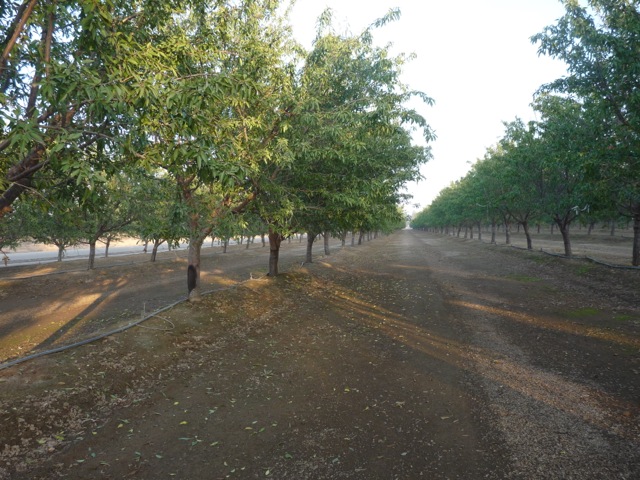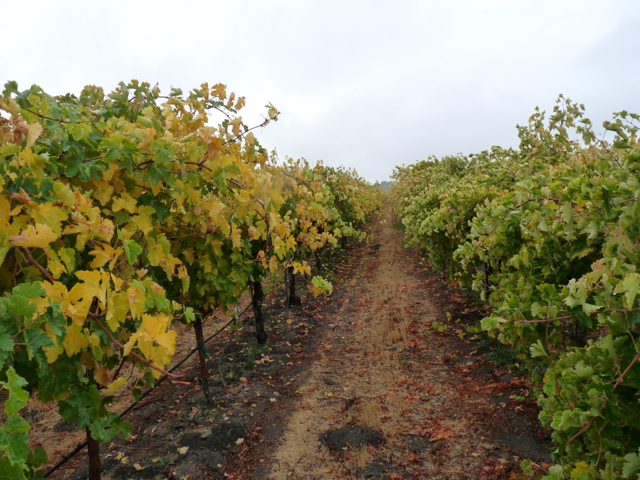Farmers Are Doing the Right Thing for Dry Creek
Stanislaus County Farm Bureau Works With Growers to Clean up Dry Creek
By Laurie Greene, Editor, CaliforniaAgToday.com
Wayne Zipser is the Executive Director of the Stanislaus Farm Bureau and co-founder of the East San Joaquin Water Quality Coalition. Wayne spoke with California Ag Today about his work with both organizations and how farmers are doing the right thing.
Zipser addressed new nitrogen reporting standards for members of the coalition, “We’re the very first coalition in the Central Valley that will be required to report nitrogen use and that’s one of the things growers probably have not had to do yet. Right now they have to do their farm evaluation plans; they were due last year, but they had to be renewed this year.”
“The other coalitions will follow suit,” he said, “but we are the first coalition to require this for our growers. We’ve been successful; we’ve had success stories on a lot of our watersheds and we’ve actually improved our water quality. Part of being the first kids on the block is seeing the success stories,” Zipser said.
“One of the success stories involves Modesto’s Dry Creek, which was impaired with crop protection materials. Four years ago, the regional water board told us that we had to come up with a mitigation plan for all of our impaired water bodies. Well, all of them are impaired, so we had to create a priority list, and Dry Creek was one of the top priority watersheds in Modesto,” Zipser said.
“We visited with every grower along Dry Creek, just to let them know what the problems were and what we were finding. They generated their own solutions or we suggested some best management practices to mitigate problems. For the last two-and-a-half to three years, we have shown zero exceedences in the pesticides we are monitoring,” Zipser said.
“Farmers are out there doing the right thing. We showed them each problem, and they fixed it on their own. It doesn’t necessarily take rules and regulations to force people to do things. I congratulate all those farmers along Dry Creek. We also addressed issues along Lateral 5 on the Turlock Irrigation District. As we continue to visit more the watersheds,” Zipser said, “we talk to those growers and see extreme improvements,” he said.
Zipser emphasized that most farmers just needed to be alerted about a watershed problem, and they readily collaborated to fix it. “They are all concerned about it,” he said. They all want to make sure they are doing the right thing. They also don’t want to lose access to the materials they have now, so they don’t want them to flow into the waterway and cause a problem down the road. I’ll tell you, it reinvigorates my belief that people want to do the right thing.”
Zipser acts as a grower representative of the Coalition, “If a grower has questions on how to fill out forms or on compliance issues, they can call me at the Stanislaus County Farm Bureau office.”
Contact Information:
Stanislaus County Farm Bureau
1201 L Street
PO Box 3070
Modesto, CA 95353-3070
(209) 522-7278 Phone
(209) 521-9938 Fax
Email: programs@stanfarmbureau.org
http://www.stanfarmbureau.com/index.htm














